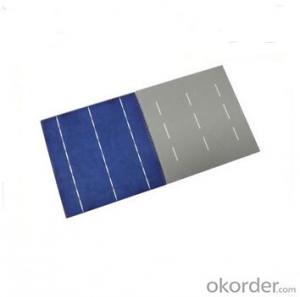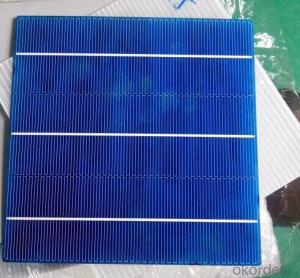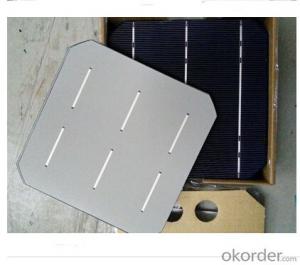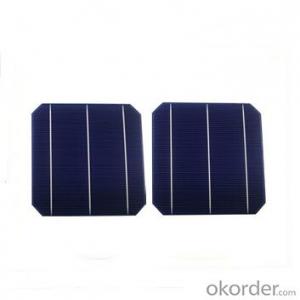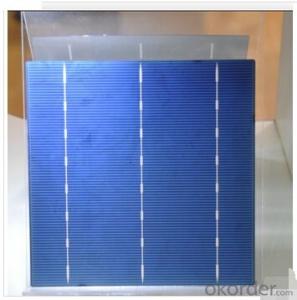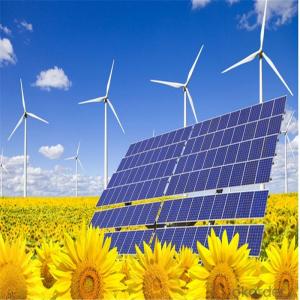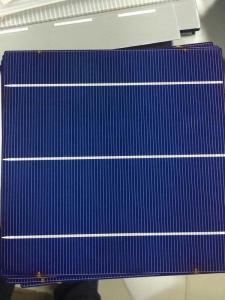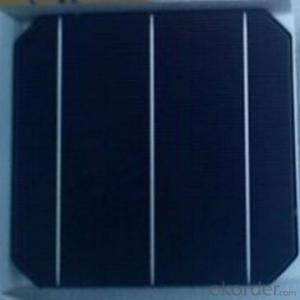Are Solar Cells Expensive
Are Solar Cells Expensive Related Searches
Except For Solar Cells Weegy Problems With Solar Cells High Power Solar Cells Light Trapping In Solar Cells High Performance Solar Cells High Output Solar Cells High Wattage Solar Cells Energy Transfer In Solar Cells High Efficiency Hvac Systems Recombination In Solar CellsHot Searches
Cheap Solar Cells For Sale Flexible Solar Cells For Sale Q Cells Solar Panels For Sale Printed Solar Cells For Sale Bulk Solar Cells For Sale 6x6 Solar Cells For Sale Broken Solar Cells For Sale Cpv Solar Cells For Sale Photoelectric Cells For Sale Price Of Silicon Solar Cells Price Of Solar Cells Over Time Buy Solar Cells From China Cheap Solar Cells China Best Type Of Solar Cells Flexible Solar Cells Price Q Cells Solar Panels Price 3 Types Of Solar Cells Production Of Solar Cells Common Types Of Solar Cells Q Cells Solar Panel PricesAre Solar Cells Expensive Supplier & Manufacturer from China
Okorder.com is a professional Are Solar Cells Expensive supplier & manufacturer, offers integrated one-stop services including real-time quoting and online cargo tracking. We are funded by CNBM Group, a Fortune 500 enterprise and the largest Are Solar Cells Expensive firm in China.Hot Products
FAQ
- Yes, solar cells can be used for water heating applications. Solar thermal collectors, which incorporate solar cells, can absorb sunlight and convert it into heat energy, which can be used to heat water for various purposes such as domestic hot water, swimming pools, and space heating.
- Yes, solar cells can be used for water heating. Solar thermal systems use solar energy to heat water directly, while solar photovoltaic systems can generate electricity to power water heaters. Both methods are efficient and environmentally friendly alternatives to traditional water heating systems.
- The role of batteries in solar cell systems is to store the excess energy generated by the solar panels during the day, so it can be used during periods of low sunlight or at night. This helps ensure a continuous and reliable power supply from solar energy.
- Yes, solar cells can be used in remote or inaccessible locations as they do not require a constant power supply or connection to the grid. They can provide a reliable and sustainable source of electricity in areas where traditional power sources are unavailable or difficult to access.
- Yes, solar cells can be used for powering traffic lights. Solar panels can generate electricity from sunlight, which can then be stored in batteries and used to power traffic lights without the need for a traditional electrical grid connection. This is an environmentally-friendly and cost-effective solution for powering traffic lights in areas where it may be challenging to provide a constant power supply.
- The role of solar cells in solar-powered water heaters is to convert sunlight into electricity. These cells are typically made of silicon and absorb photons from the sun, generating an electrical current. This electricity is then used to power the water heater, which heats the water using the sun's energy. So, solar cells are crucial in harnessing solar energy and enabling the water heater to operate efficiently without relying on traditional electricity sources.
- Several factors can affect the output of a solar cell. The most significant factors include the intensity and angle of sunlight, the temperature of the cell, the efficiency of the cell's materials (such as the type of semiconductor used), and any shading or obstructions that may limit the exposure of the cell to sunlight. Additionally, the condition and cleanliness of the cell's surface, as well as the overall design and quality of the solar cell system, can also impact its output.
- Yes, solar cells can be used in weather monitoring systems. Solar cells can generate electricity from sunlight, which can be used to power various components of weather monitoring systems such as sensors, data loggers, and communication devices. This allows for remote and autonomous operation of these systems, making solar cells an ideal and sustainable power source for weather monitoring applications.
















